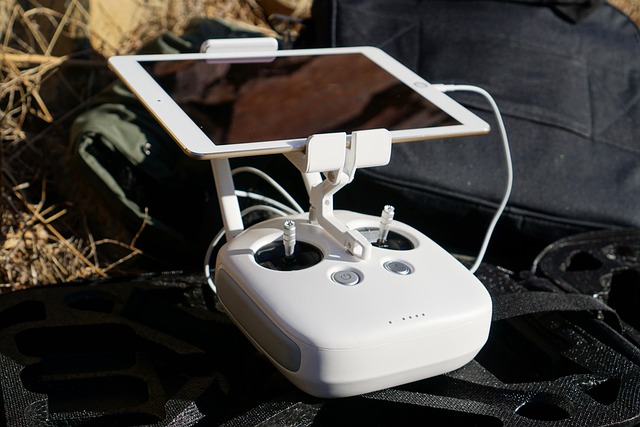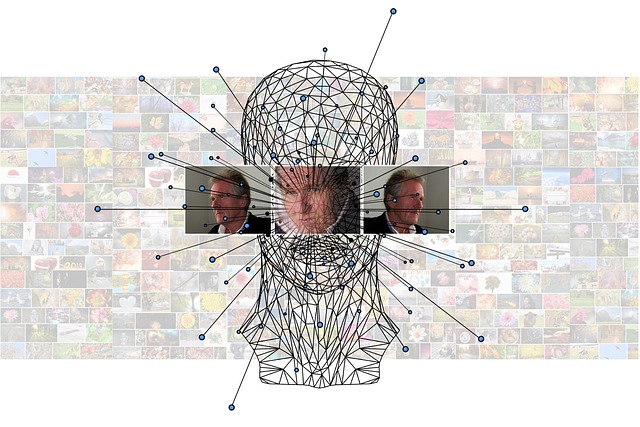In the past decade, the phrase “robotic agriculture” has shifted from a niche research topic to a cornerstone of modern agribusiness. By marrying advanced robotics, sophisticated artificial intelligence (AI) algorithms, and real‑time data streams, farms are now capable of operating with unprecedented precision, efficiency, and scalability. This transformation is not limited to large industrial plantations; smallholder farms across the globe are integrating autonomous systems to address labor shortages, environmental constraints, and market volatility. The result is a business ecosystem where decision‑making is increasingly algorithmic, output is data‑driven, and the traditional farm manager is evolving into a systems integrator.
From Manual Labor to Machine Learning: A Brief History
The roots of robotic agriculture can be traced back to the 1960s, when the first mechanical harvesters appeared on the fields of the United States. Those early machines were simple, heavily mechanized tools that reduced the need for human operators but required extensive human supervision for navigation and maintenance. The real leap occurred in the 1990s with the introduction of GPS guidance systems, which allowed tractors to follow pre‑defined paths with centimeter‑level accuracy. As computing power became more affordable, researchers began experimenting with sensors, vision systems, and basic AI routines, setting the stage for the sophisticated autonomous vehicles of today.
Core Technologies Underpinning Robotic Agriculture
Robotic agriculture today relies on a convergence of several technologies:
- Sensor Networks – LIDAR, RGB and multispectral cameras, soil moisture probes, and weather stations collect continuous environmental data.
- Embedded Computing Platforms – Single‑board computers and dedicated AI chips process data on the fly, enabling real‑time decisions.
- Robotic Actuators – High‑precision motors and hydraulic systems control movement, seed placement, and application of fertilizers or pesticides.
- Communication Protocols – LoRa, 5G, and satellite links keep devices synchronized across large acreage.
These components work in harmony to deliver autonomous operations that are both reliable and adaptable to changing field conditions.
AI‑Driven Decision Making: The Algorithmic Heart
At the center of robotic agriculture lies AI, which transforms raw sensor data into actionable insights. Machine learning models, such as convolutional neural networks (CNNs) for image analysis and recurrent neural networks (RNNs) for time‑series forecasting, enable robots to detect pest infestations, assess crop health, and predict yield outcomes. Reinforcement learning (RL) algorithms allow autonomous tractors to optimize routes and speed based on real‑time feedback, balancing efficiency with soil preservation. By continuously learning from new data, these systems improve performance, reduce waste, and adapt to seasonal variations.
Autonomous Machinery in Action
Robotic agriculture is perhaps best illustrated by the autonomous machines now deployed in commercial fields:
- Seeders and Planters – Robots calibrate seed depth and spacing on the fly, responding to sub‑soil texture variations.
- Harvesters – Equipped with vision systems, they identify ripeness thresholds and harvest at optimal times, reducing post‑harvest losses.
- Sprayers – Drone‑based and ground‑mounted sprayers target chemicals only where needed, slashing application rates and minimizing runoff.
These machines operate around the clock, executing repetitive tasks with consistency that human labor cannot match.
Precision Farming: Micro‑Level Management
Precision agriculture takes the capabilities of robotic systems further by tailoring interventions to micro‑plots within a field. Through high‑resolution mapping, farmers can identify zones with varying nutrient deficiencies or moisture levels. AI algorithms then instruct robots to apply fertilizers or irrigation precisely where they are most needed. This targeted approach not only boosts yields but also conserves resources, aligning agricultural practices with sustainability goals.
Data Analytics and Predictive Models
The volume of data generated by robotic agriculture is staggering. Advanced analytics platforms ingest millions of data points, converting them into predictive models that forecast everything from pest outbreaks to market demand. Cloud‑based machine learning services enable real‑time anomaly detection, ensuring that any deviation from expected patterns is flagged immediately. For businesses, this translates into better risk management, optimized inventory planning, and the ability to lock in prices before market fluctuations occur.
Business Impact: Cost, Labor, and Scale
Adopting robotic agriculture reshapes the economic landscape of farming. Initial capital expenditure is high, but operating costs decline sharply due to reduced labor requirements, lower fuel consumption, and minimized input waste. For example, autonomous sprayers can cut pesticide usage by up to 30%, directly lowering input expenses. Additionally, automation allows farms to scale operations without a proportional increase in workforce, enabling expansion into new markets or diversification of crop portfolios with less risk.
Illustrative Case Studies
While the details of proprietary projects are confidential, several representative scenarios illustrate the practical benefits of robotic agriculture:
- A Midwest grain producer replaced manual harvest crews with autonomous combine harvesters, reducing harvest time by 40% and cutting labor costs by 25%.
- An organic tomato farm implemented drone‑based foliar applications, cutting pesticide use by 35% and achieving a higher certification grade.
- A Mediterranean olive grove integrated soil‑moisture sensors and autonomous irrigation bots, improving water use efficiency by 50% while maintaining yield.
These examples demonstrate that the return on investment for robotic agriculture can be realized across diverse crops and climates.
Challenges and Ethical Considerations
Despite its promise, robotic agriculture faces several obstacles. The upfront cost of acquiring and maintaining sophisticated equipment can be prohibitive for smallholders. Additionally, there is a steep learning curve associated with managing and troubleshooting autonomous systems, which may require new skill sets in the workforce. On the ethical front, concerns about data privacy, job displacement, and the environmental footprint of manufacturing robots must be addressed. Regulatory frameworks are still catching up with technology, creating uncertainty around liability and compliance.
Future Outlook: Toward Fully Autonomous Agro‑Ecosystems
Looking ahead, the trajectory of robotic agriculture points toward fully integrated, end‑to‑end automation. Advances in AI will enable predictive decision trees that span the entire farm lifecycle, from seed selection to market delivery. Edge computing will reduce latency, allowing real‑time adjustments even in remote locations. Energy‑harvesting robots powered by solar or kinetic systems could further reduce the carbon footprint. As blockchain and IoT converge, transparent traceability will become a standard feature, enhancing consumer trust and regulatory compliance.
Conclusion: The Algorithmic Agrarian Revolution
Robotic agriculture embodies the synthesis of robotics, AI, and business automation into a coherent system that is reshaping how we grow, manage, and sell food. While challenges remain, the benefits in terms of productivity, sustainability, and economic resilience are undeniable. For businesses willing to invest in the right technologies and talent, the transition to algorithmic agriculture offers a pathway to competitive advantage in an increasingly data‑centric world.




